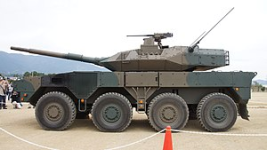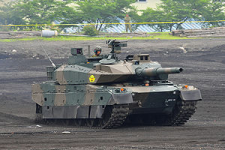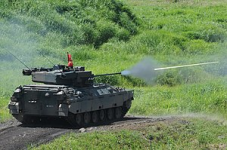I like Kevin's rationale.
Maybe part of the problem and solution is the management of expectations? We have good soldiers and the kit, based on Ukrainian and Russian standards, or even Polish standards, isn't that bad. It seems to be able to hold its own in the line. I am saying that knowing that Leo1A5s are being pulled out of storage, along with M113s and M109A4s. Consideration is being given to fielding the M198s and all sorts of vehicles, everything from civilian taxis to armoured pickup trucks to dune buggies, are finding homes somewhere in the theatre, often within range of the guns.
We have the ability to field a Canadian Division. It could look a lot like
@KevinB 's Division. Or it might look a little more Swedish with each of 1,2 and 5 getting a Combined Arms Battalion and spreading the few tanks we have across those three Brigades. That would keep the politicians happier although Kevin's construct is both more tactically sound and most of the political angst seems to be behind us with the decision already made to concentrate the tanks in the Strats.
Will the Canadian Division look like an American Division, of any type? No. It won't. But neither do most army's. Friend or Foe.
A Canadian Division could contribute effectively to an American battle plan. It may not be a headline grabber but it could be there and useful even as currently constituted.
The biggest problem would be that fielding that Division would gut the CAF and leave nothing to build on if further mobilization were required. Even contributing a Brigade Group, of any type, would be a major "bet" in that it would engage 1/4 to 1/3 of the field force.
Which brings us back to
@FJAG's perennial moan

. Engaging the Reserves effectively in a timely fashion.
Even before we look at buying new tanks and helicopters would we be better off stocking up on small arms and ammunition, single shot systems like NLAWs and AT4s, SUAS's and NVGs? Purchasing Javelins and a ManPADs system?
@IKnowNothing raising interesting points about the costs of vehicles. Cheap vehicles are not a problem. They are readily available and easy to procure. Even antique 1960s vehicles are available in reasonable numbers at reasonable prices. And those vehicles have characteristics that make them better than some solutions and not as good as others.
It is kind of like the ships we buy for the Navy. As the Absalons demonstrated it is not the mechanicals that are expensive. It is all the electrical components we fill them with that are expensive. Those electrical components both add capabilities and reduce manpower. In the long run which is more readily available? Capital or manpower?
The 105mm cannon debate is as good a reference as any for this. It would be relatively cheap to field large numbers of 105 mm guns without all the electronics but that would require lots of gunners and, when employed, would put lots of gunners' lives at risk. A similar situation exists with old 1960s tanks and M113s.
One way forward might include the ability to add a self-driving capability to some of the existing fleet and judiciously converting existing guns to a more remote operating system so that the number of people put at risk is reduced in any given situation.
If I take the Stryker MGS as an example. In the field it was as welcome as the "Ronsons", the name the Shermans were given because they lit up as reliably as a Ronson cigarette lighter. On the other hand, it had all the elements in place to make it an effective artillery piece if an Optionally Manned kit were added to it permitting the crew to get out, remotely drive it into battery, remotely sight and fire it and remotely drive it out of battery to reload. As an example.
The one big gap that Ukraine has demonstrated is the need for a more effective travelling air defence. By that I am meaning that all of those LAV turrets should have the ability to effectively engage local aerial threats and supply point defence for the LAV, its crew and its passengers.
What can we do incrementally, immediately, with what we have and what is available from open production lines and boneyards?









